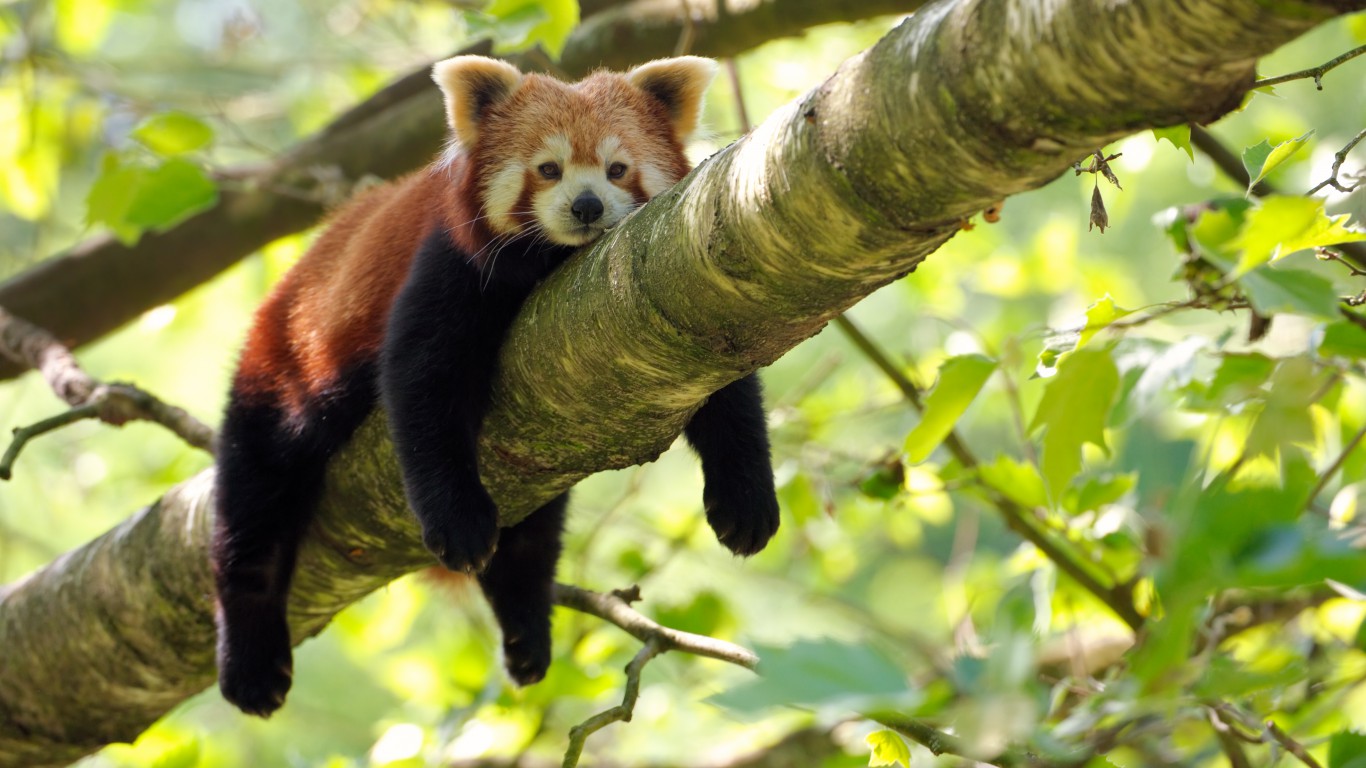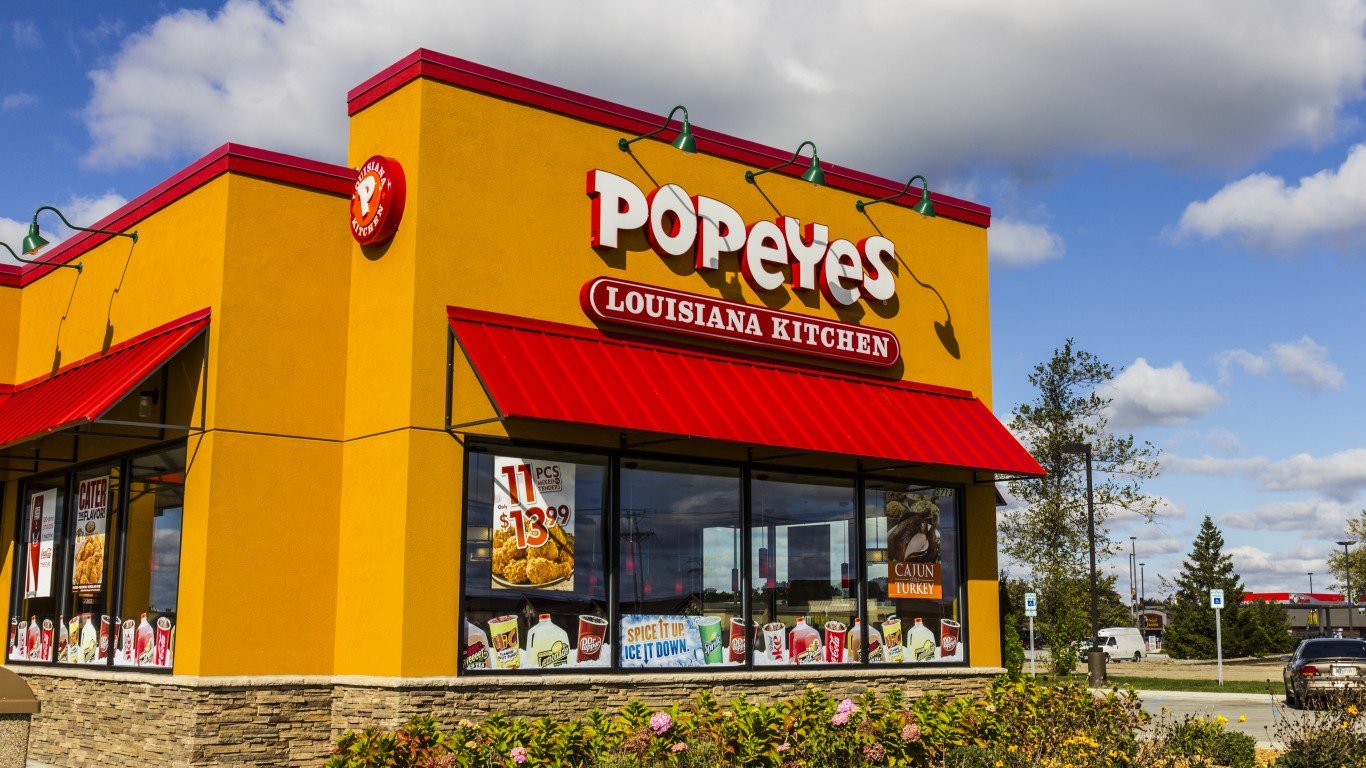

For the 2015–2016 coffee marketing year (October through September), global coffee farmers harvested nearly 72 million 132-pound bags of Arabica coffee worth an estimated $13.8 billion. And while Arabica coffee is grown in tropical zones all over the world, wild Arabica coffee plants are found only in the humid forests of Ethiopia and South Sudan.
The population of those wild plants could be cut by 50% to 80% in the next 70 years, according to a new research report published Wednesday. The land area on which wild Arabica may be found and the amount of land on which Arabica is grown are projected to decline by 30% in many cases. About 60% of world coffee production is Arabica and the other 40% is canephora (commonly called Robusta). These are just two of some 125 known coffee species and the loss of one could have enormous consequences for coffee farmers — and coffee drinkers.
Most of the world’s coffee comes from plantations, not wild plants. However, wild populations are the primary storehouse of genetic resources for Arabica coffee and those resources are vital new planting material for coffee farmers. A report published last year by Crop Trust found relatively few coffee plants maintained in gene banks around the world.
The new plants may include variants that are more resistant to disease and, perhaps more important to coffee drinkers, more variation in the flavors of different varieties of coffee. As the researchers note, “Protection of wild populations of Arabica coffee is therefore viewed as a key part of the long‐term sustainability strategy for Ethiopian coffee production and the global coffee sector.”
A new Arabica plant takes three or four years to bear first fruit and another five to eight years to reach its maximum productivity. If the plants are coppiced (cut down to just a bare stump) when they reach eight to 15 years of age, they usually return to full productivity. Production declines set in when the plants are about 25 years old, and the average life expectancy of a plant is 40 years. Coppiced plants may last 50 to 60 years.
The most serious threats to wild Arabica plants are deforestation, climate change and genetic erosion. Since the 1960s, the mean annual temperatures in Ethiopia have risen by an average of 0.28 degrees Celsius (about 0.5 degrees Fahrenheit) per decade, the wet season has shrunk, and the number of hot days has risen.
The report concludes with an extinction risk assessment for Arabica coffee based on the International Union for Conservation of Nature’s (IUCN) Red List of Threatened Species (IUCN Red List): “Endangered, with population reductions projected to be greater than 70% within a 63‐year window (2025–2088), based on a generation length of 21 years and using an index of population abundance.”
Take This Retirement Quiz To Get Matched With An Advisor Now (Sponsored)
Are you ready for retirement? Planning for retirement can be overwhelming, that’s why it could be a good idea to speak to a fiduciary financial advisor about your goals today.
Start by taking this retirement quiz right here from SmartAsset that will match you with up to 3 financial advisors that serve your area and beyond in 5 minutes. Smart Asset is now matching over 50,000 people a month.
Click here now to get started.
Thank you for reading! Have some feedback for us?
Contact the 24/7 Wall St. editorial team.



